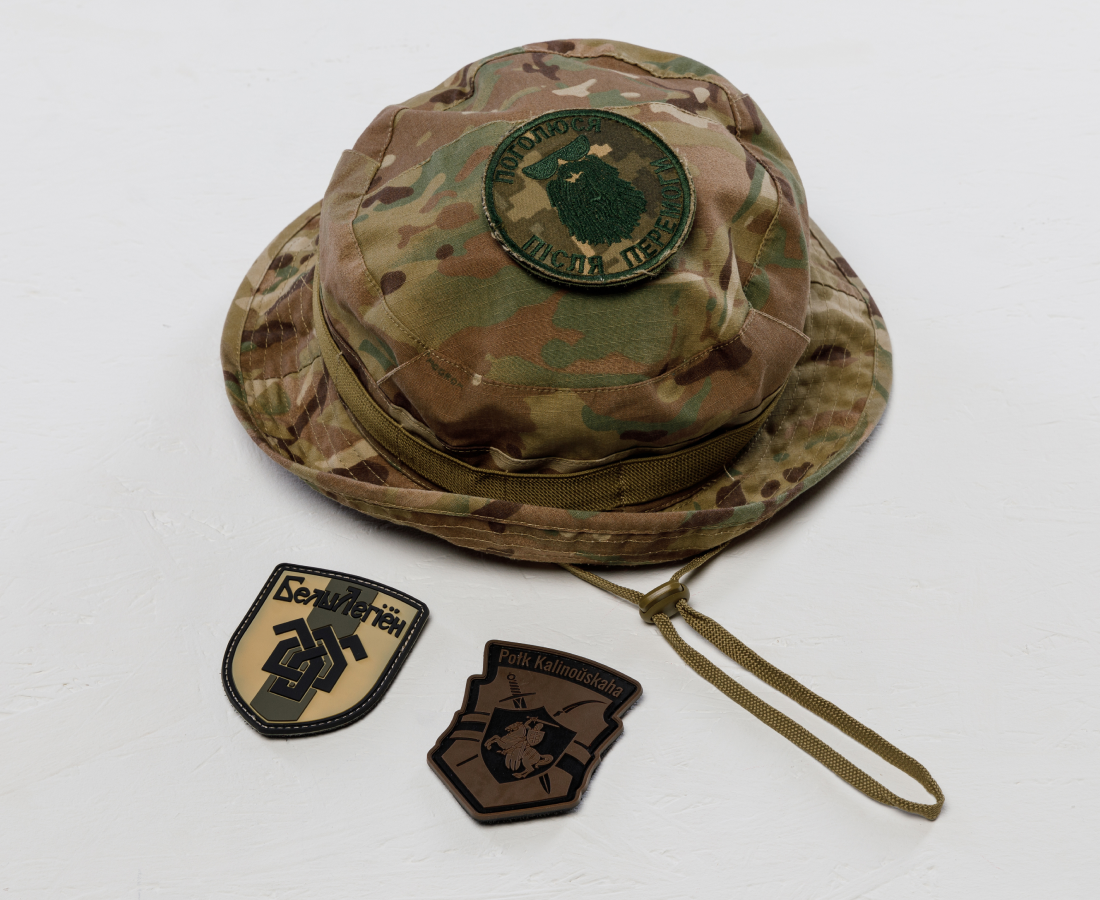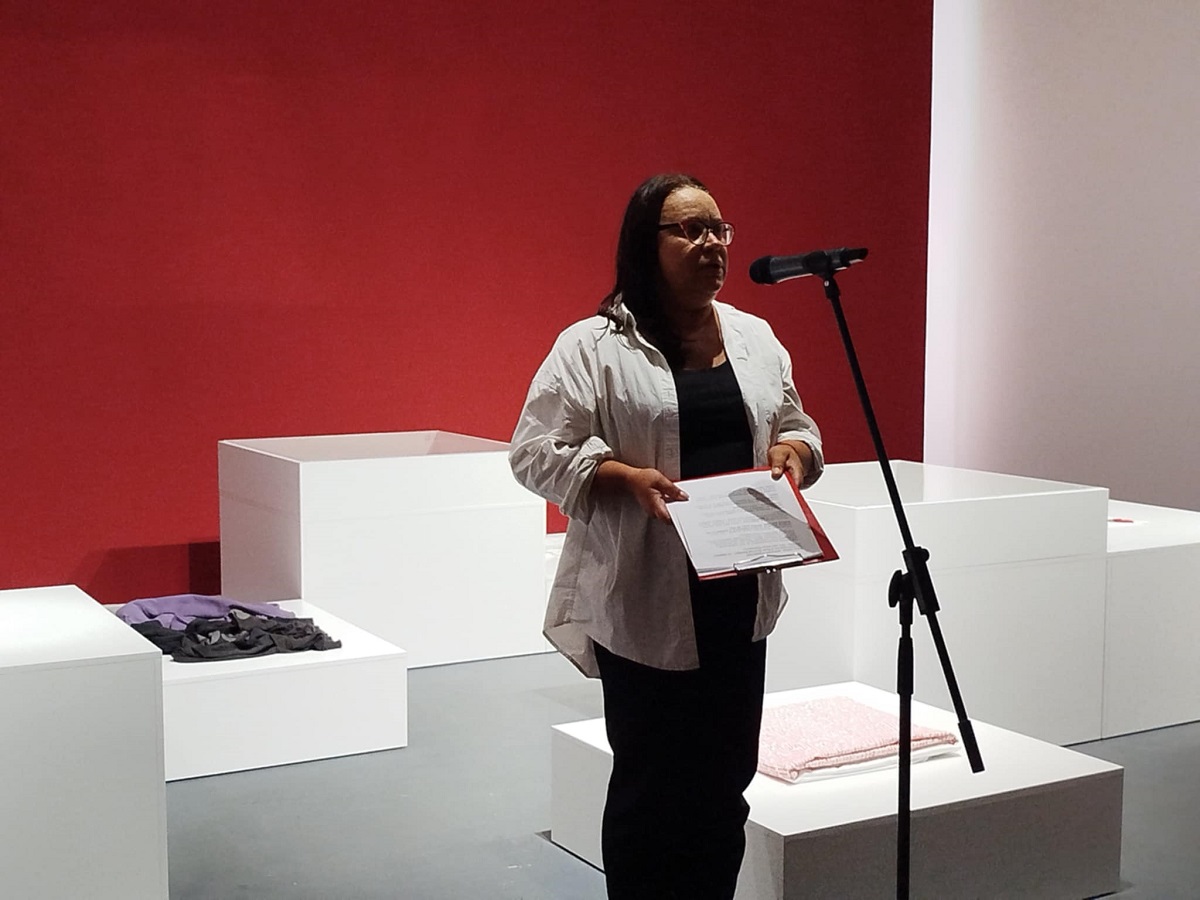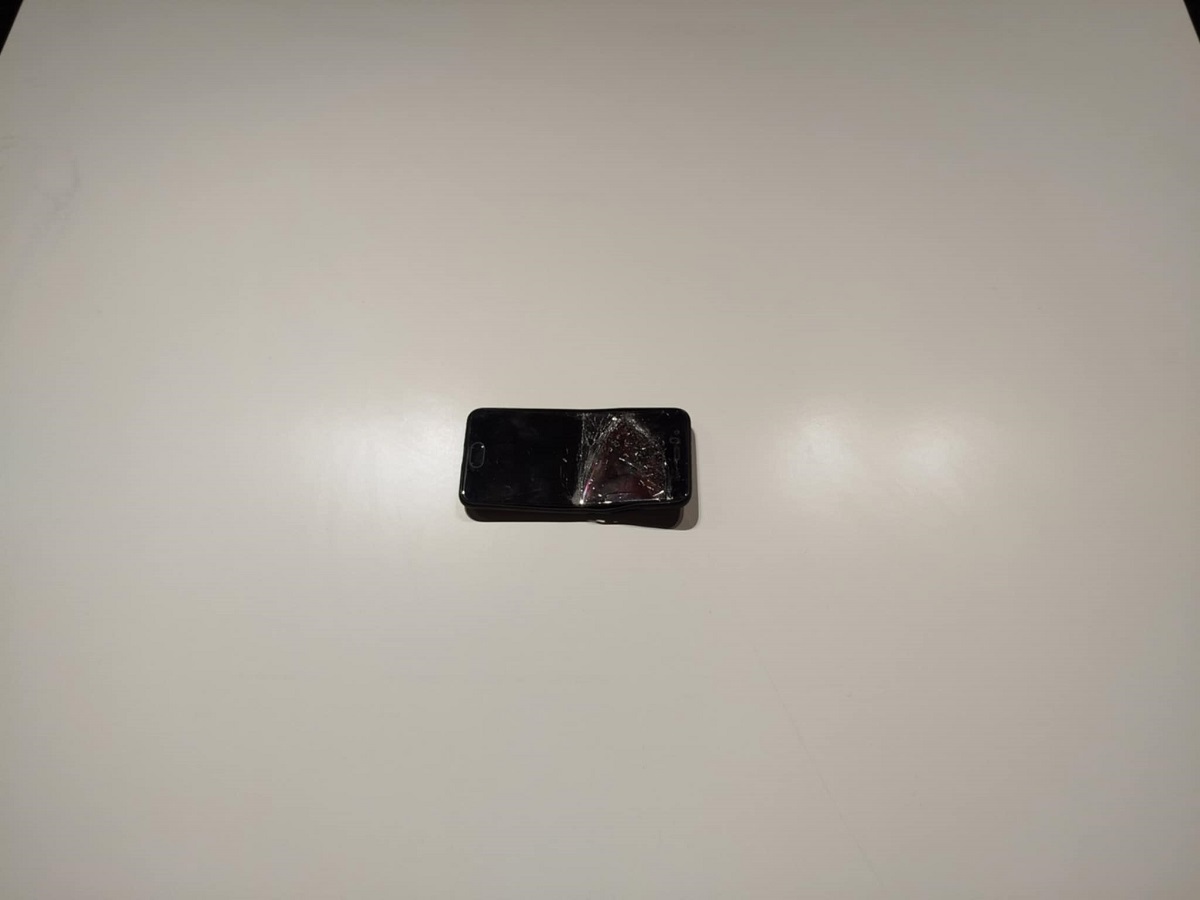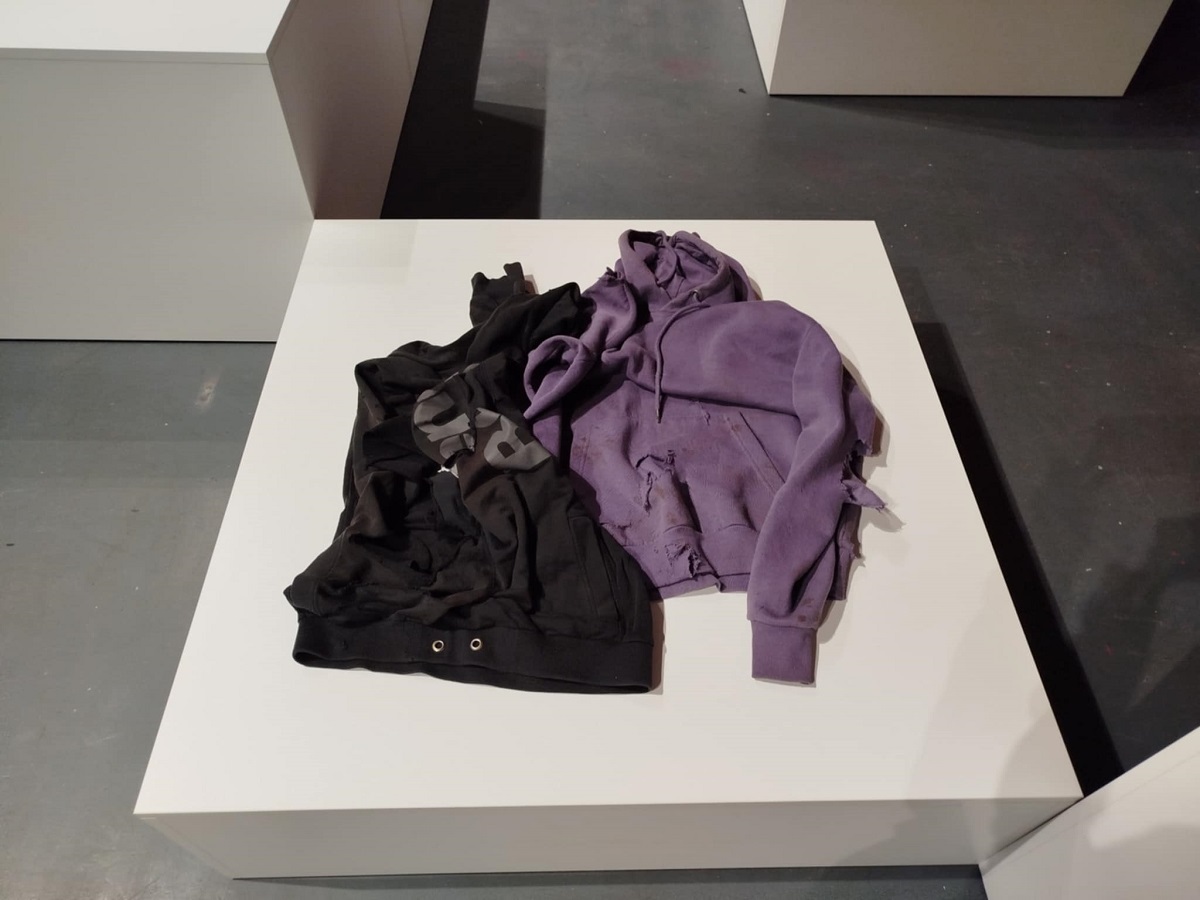
These are fragments of personal and collective experience, reflecting repression, heroism, loss, hope, and dignity. The exhibition shows how living memory of contemporary Belarusian history is formed through material evidence, personal belongings, documents, handmade artifacts, and artworks.
The idea to create such a space originated with the National Anti-Crisis Management (NAM). Its head, Pavel Latushka, who has opened multiple cultural institutions in his life, considers the Free Belarus Museum a special place:
"The Free Belarus Museum does not allow us to forget why sacrifices were made. The museum reminds us: as long as memory lives, Belarus lives. Belarus lives and fights."
The third anniversary is more than just a number — it is a moment to reflect on what has been achieved, what lies ahead, and why this place exists, said Jetzke Klein, Deputy Head of the Netherlands Embassy in Minsk. The Netherlands supports the Free Belarus Museum.
"Managing a museum is never an easy task, even within your own country, with state funding and institutional support. But running a museum in exile, without a homeland to support you, requires a different level of courage, vision, and persistence. Despite the difficulties, the Free Belarus Museum has become a living, dynamic place. More than that, it is a living archive of a revolution that is not over, of protests that continue, and of people who have not given up. The museum is not just a collection of objects — it is a beacon of hope, memory, and change."

Museum Director Natallia Zadziarkoŭskaya recalls that the first exhibits in the museum were posters by Rufina Bazlova, which inspired her famous project “Belarusian Embroideries.”
The “Fragmenty” exhibition presents a small number of artifacts, but each tells the story of a Belarusian, Zadziarkoŭskaya explains:
"When you want to say a lot but cannot, we display only 13 artifacts. These are items that belonged to Belarusians who participated in protests, were imprisoned, or died defending Ukraine. It is very much a Belarusian story. Each object carries its own personal history. For the first time, we are showing a T-shirt of a former political prisoner, who was not allowed to receive photos of her young son in prison. Her friends printed his images on T-shirts and sent them behind bars. There are also personal items of Raman Bandarenka — his paints and brush. They seem ordinary, but knowing Raman’s tragic fate gives them special significance. The same goes for the belongings of Miroslaw Lazowski. We display the bag in which he kept his uniform, signed by his hand, containing leaves from the fields of Ukraine. Other well-known artifacts to our visitors include the flag with the names of political prisoners, created by Maria Hryts."

Belarusian director Maksim Shved donated his phone, broken by security forces, to the museum. The phone was destroyed at the Kastrychnitski District Department of Internal Affairs.
"When they searched me, they took my phone and demanded the password. I refused, thinking, why? It contained my private belongings. They said they would note that the phone was destroyed during the detention. I agreed. The officer left, but a minute later returned and brought it back in that state. Since then, I haven’t even opened the phone. I don’t even remember what photos were on it, because I was filming on it that day. Five years have passed — maybe something important is still on it."

The exhibition features the trousers of blogger Vadimati and the jacket of his partner Dzianis.
"The trousers went through prison with me and arrived at the detention facility, where they were stored. Dzianis was waiting for me; he was beaten and faced criminal charges. I handed the trousers to him in the detention center. When he escaped, he climbed over the fence at the Lithuanian border wearing them. His blood is on them."

On the occasion of its third anniversary, Polish political scientist Pavel Kazanetsky from the East European Democratic Centre donated part of an archive he had long collected in Belarus:
"Our organization has been working with Belarus since the 1990s. Today is an opportunity to remind people that Belarusian democratic forces did not begin in 2020, that the Belarusian protest has much deeper traditions. That is why today, together with Aliaksandr Milinkievič, I donated part of my collection. These are documents, stickers, and program materials from the 2001 election campaigns — both political and civic organizations."